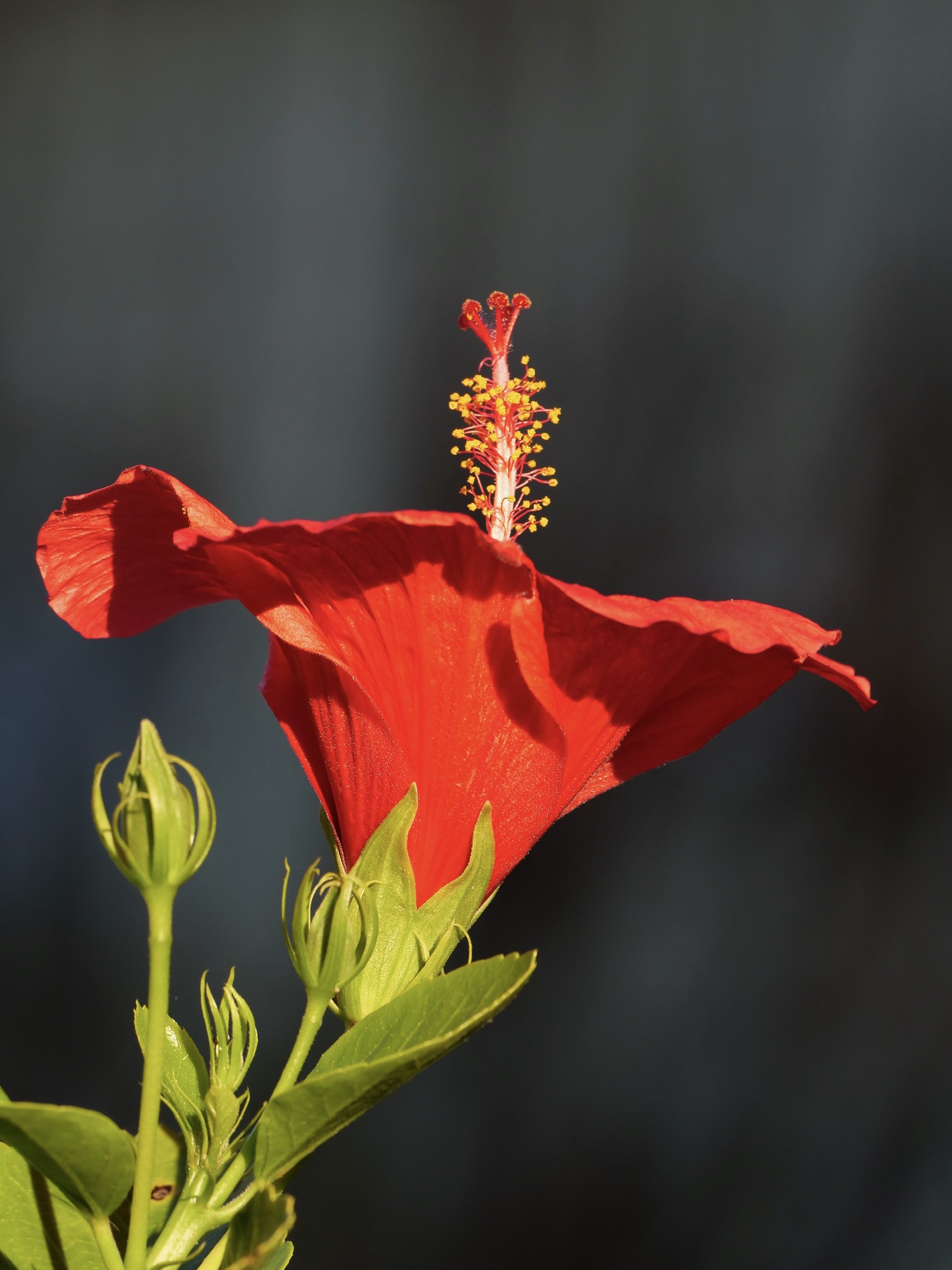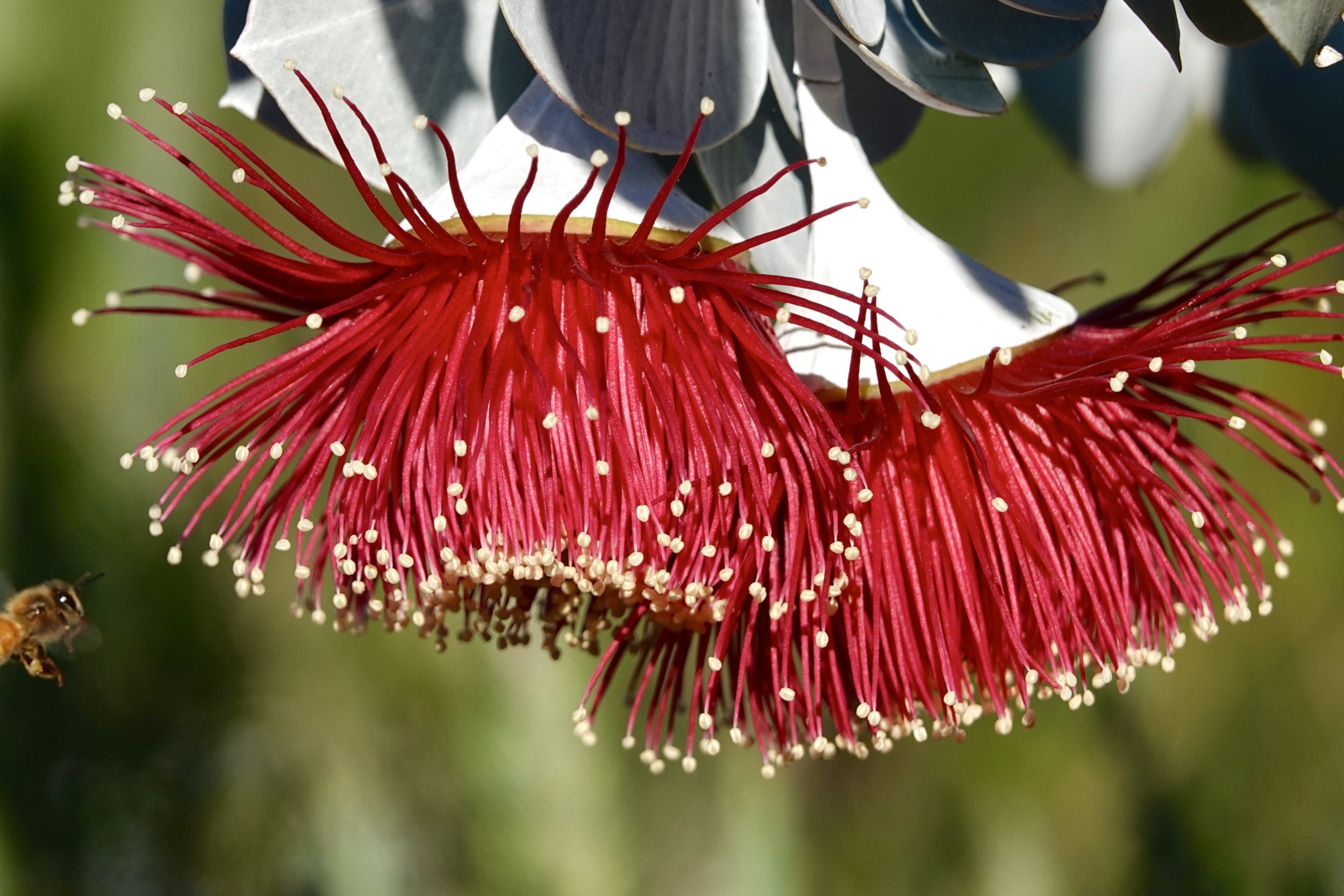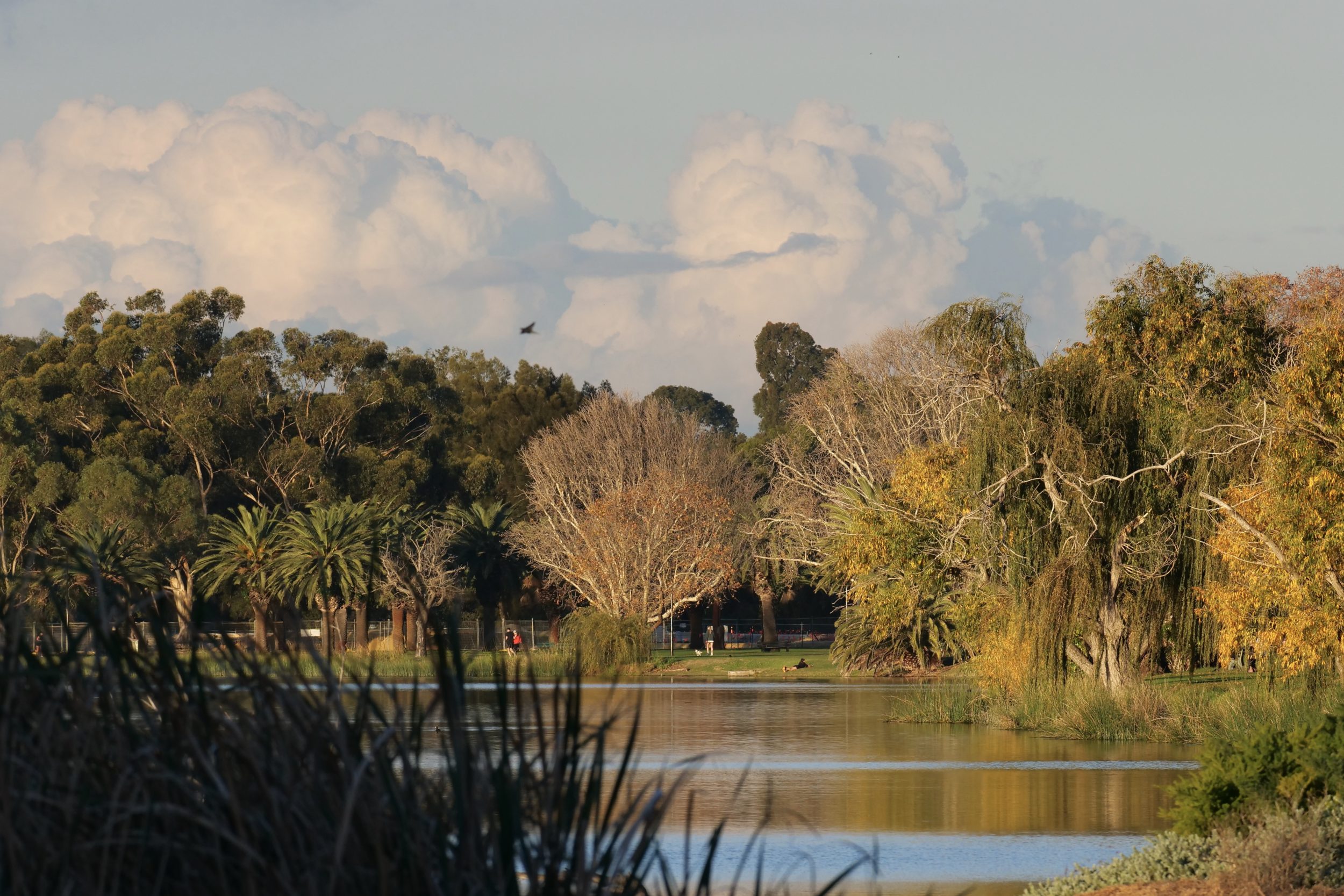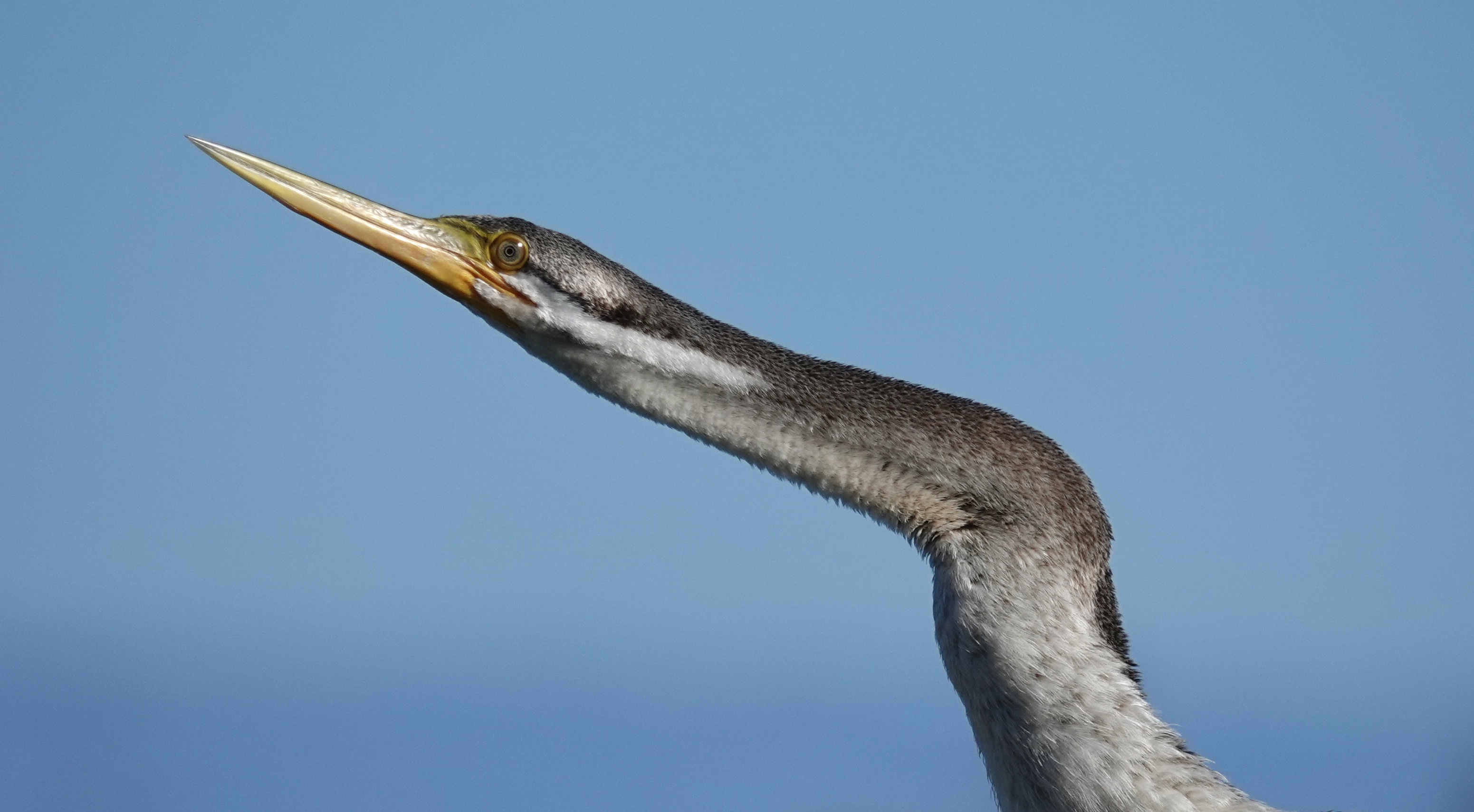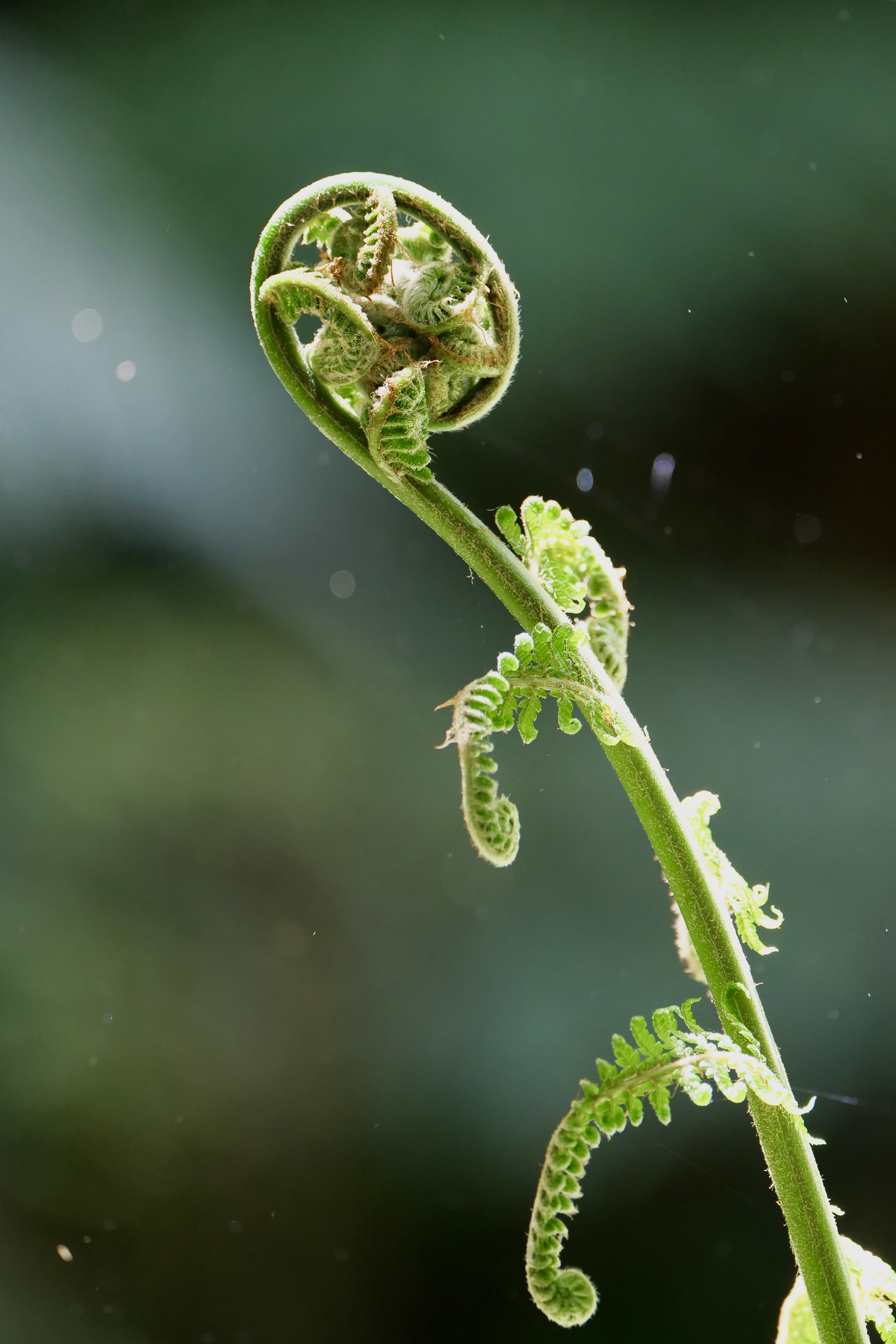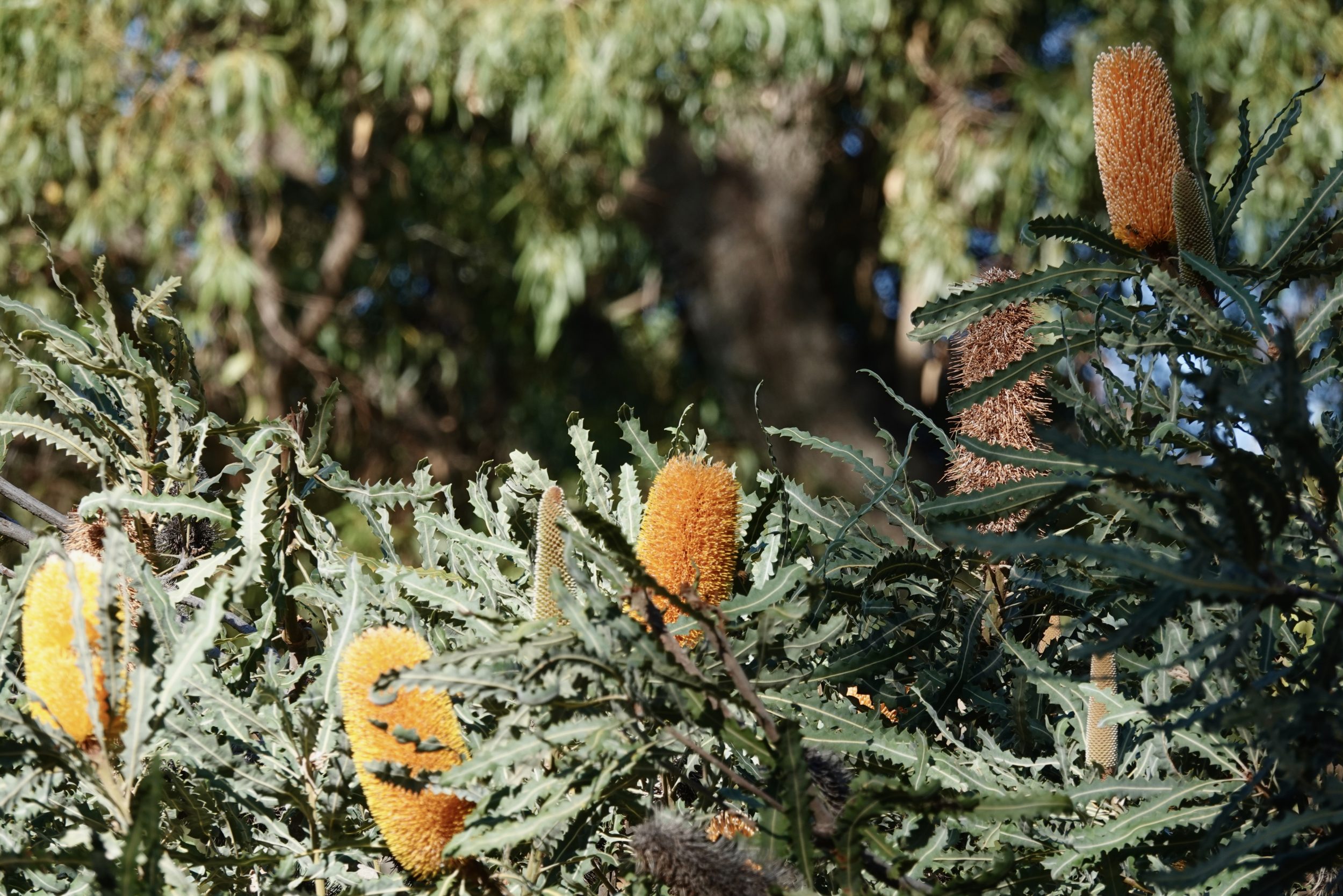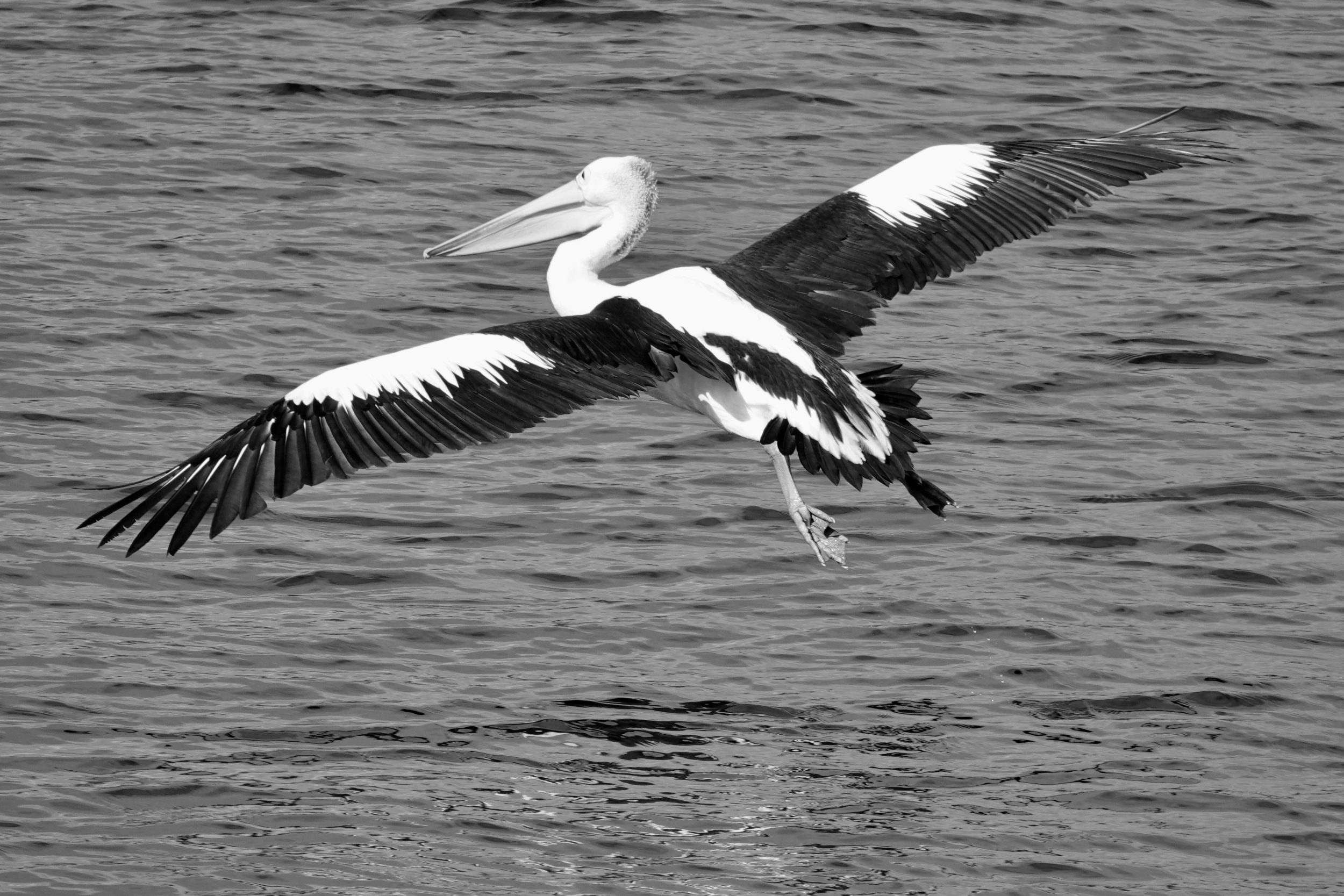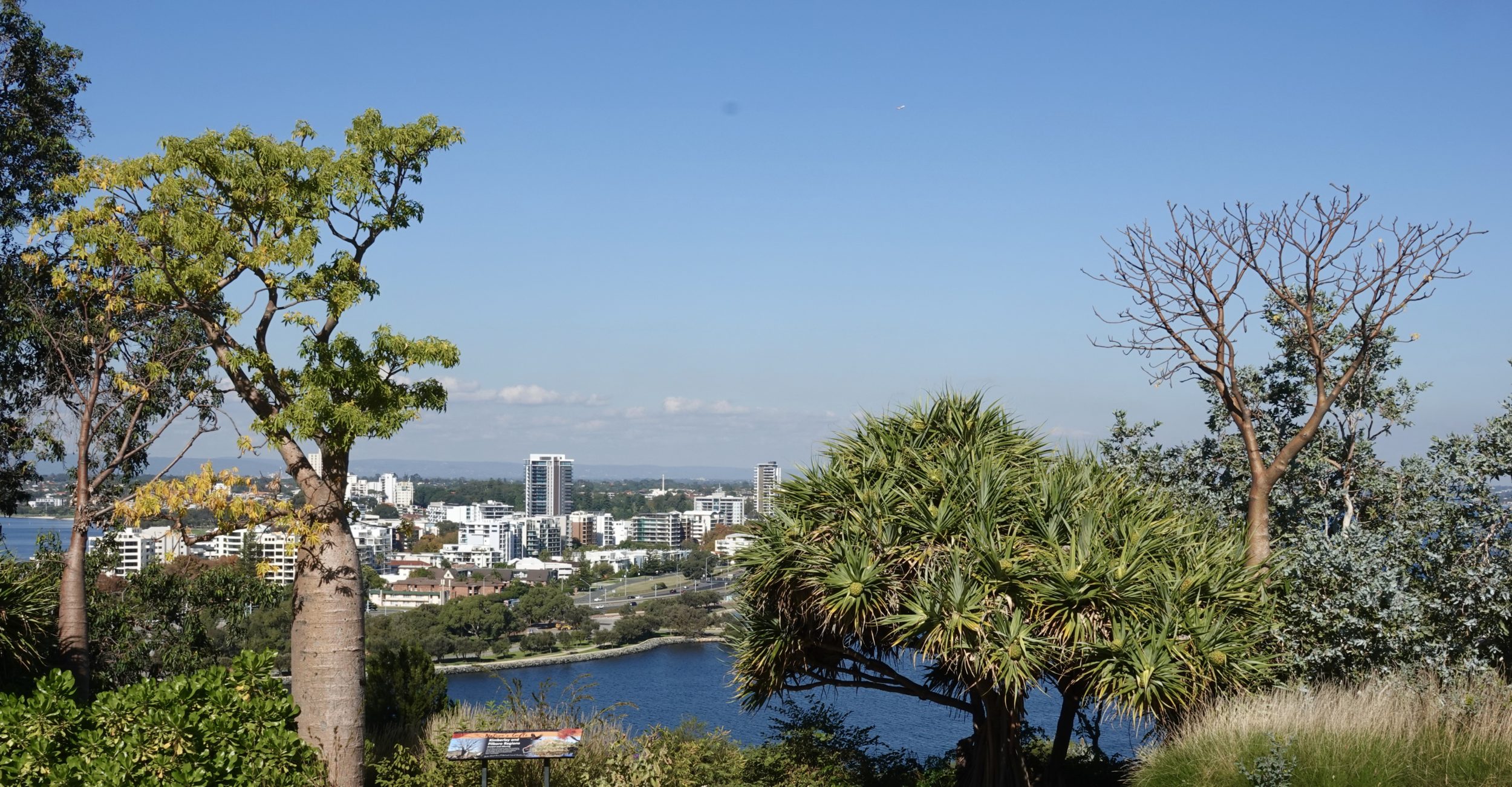Arguably the quintessential nostalgic song, I’ll Be Seeing You was composed in 1938. (music by Sammy Fain, words by Irving Kahal)
That year it was inserted into a Broadway musical…which flopped.
The song, however, became a “standard”, covered by countless singers…and not a few instrumentalists.
It was a #1 hit for Bing Crosby in 1944.
Frank Sinatra recorded it more than once.
Even Eric Clapton did so, in 2016.
The most celebrated recording – Billie Holiday’s 1944 version – is the one which reached Mars in 2018, as the conclusion to NASA’s final transmission to its Explorer rover.
However, the most “out of this world” version to reach this Earthling’s ears is a “live” and exploratory instrumental trio treatment, delivered in “the city of fallen angels”, in June 2016.
Comments closed